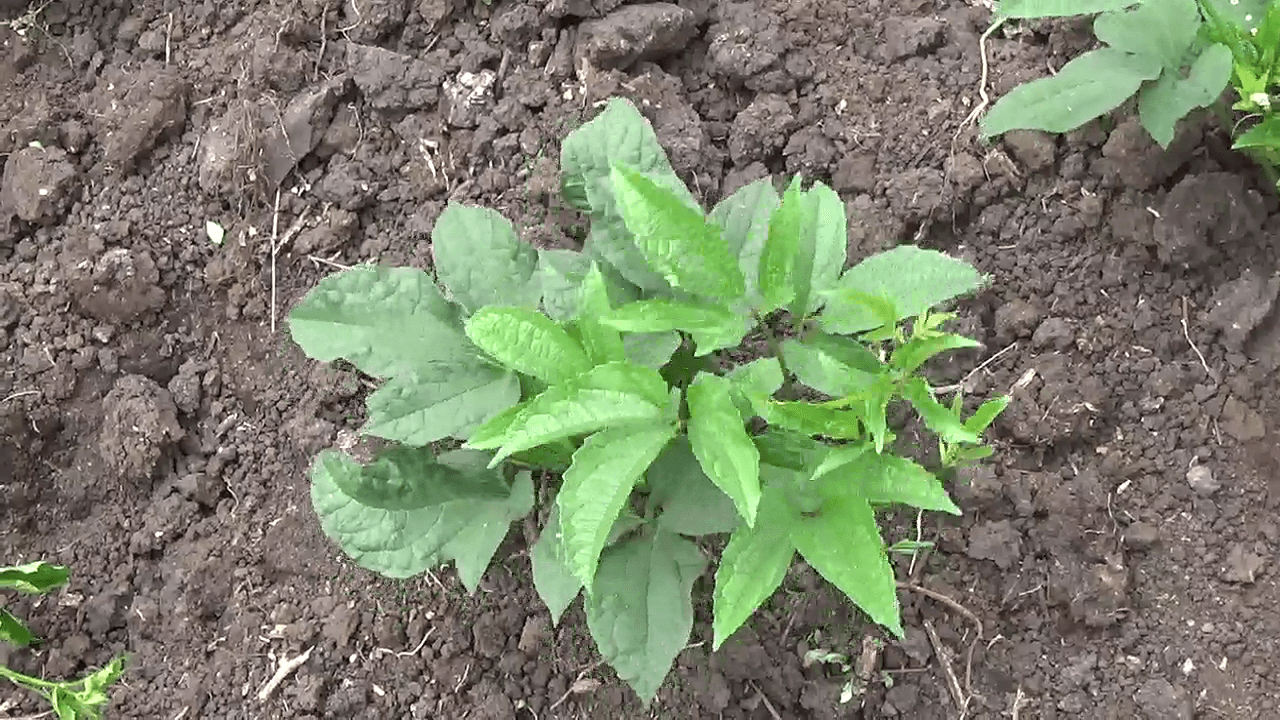
Vegetable Farming in Nigeria
April 24, 2024, 1:09 pm
Vegetable farming in Nigeria one of the silent money makers in Nigeria.
In a country made up of over 200 million people of different tribes and ethnicities, whose major common denominator is the use of vegetables in preparing their food, vegetable farming in Nigeria is indeed very profitable. Vegetable is used in preparing Egusi, Afang, Ogbono, Edikang Ikong, and many other Nigerian delicacies.
Vegetable Farming in Nigeria
Some of the vegetables farmed in Nigeria are Ewedu, Water leaf, Shoko, Ugwu, etc. Many of these vegetables share similar farming practices and it isn’t uncommon to see several of these vegetables planted on the same farm land. One of the most profitable vegetables to farm in Nigeria is ugwu. This is because ugwu is used by majority of the tribes and people of Nigeria in preparing food. Ugwu has a very high demand and it is available all year round. You can easily and quickly setup your own ugwu farm by following the steps outlined in this blog post.
Vegetable Farming Land Requirement and Preparation
Ugwu is a vegetable mostly grown in the southern part of Nigeria. Based on the topography and elevation of lands in southern Nigeria, ugwu can be planted on either Lowlands or Uplands. Uplands are lands that are at a higher elevation than the alluvial plain or stream terrace. While lowlands are low-lying alluvial land close to rivers and water bodies.
One of the distinguishing features of Lowlands is that they are very prone to flooding due to their closeness to rivers and water bodies. Uplands are not prone to flooding because water cannot hold at their higher elevations. In order to plant ugwu in any of these types of land, the major hindering factor you must be aware of is flooding. Ugwu plants need water to grow but too much water becomes a problem which can kill the plants.
If your farm land is in an area prone to flooding (Lowlands) or has experienced flooding in the past, you must make provision to create gutter or trenches that excess water will flow through and away from your farm land. If your farm land isn’t prone to flooding (Uplands), you don’t need to make or create trenches or gutters.
Also, make sure you have access to water on your farm land. You will need to water your ugwu plants at different stages of their growth.
Ugwu Seeds
Ugwu seeds are gotten from seed pods or cocoon which the ugwu plants produce. However, since you are just starting out, you can get these seeds from other farmers and market women who deal in ugwu leaves. Ugwu seeds are very sensitive to temperature and moisture. You should keep them in a cool place prior to planting them in order to give them the necessary dryness and moisture that will make them germinate when you plant them. On close observation of the ugwu seed, you will notice that it is circular in dimension with a sharp pointed edge.
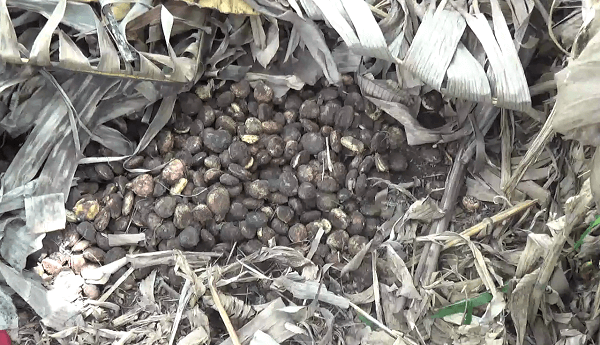
The selling price of ugwu seeds depends on the variety and prevailing market conditions. You can buy a 4 liter paint bucket of ugwu seeds for a minimum of N15, 000
Planting Ugwu
Before planting your ugwu seeds, dig ridges where you will plant the ugwu seeds in. Water these ridges thoroughly several days before planting your ugwu seeds in them. When you are now ready to plant the ugwu, dig holes in the ground but the hole shouldn’t be too deep. Place the pointed edge of the ugwu seed into the ground and cover the hole. After planting the ugwu seed, don’t water the ridges again until the ugwu plants have germinated.
If planted correctly and the ridges were well watered before planting, your ugwu seeds will shoot out from the ground after 7 days. In some cases and with certain variety of ugwu seeds, the ugwu plants will germinate between 10 to 14 days.
After the ugwu plants have germinated, water them in the morning or evenings a total of two to three times in a week.
Vegetable Farming Soil Nutrition and Requirement
One of the major factors that will determine how well your ugwu plants will do is the quality of your farm’s soil. Since the nutrients that your ugwu plants will need to grow well are in the soil, the nutrient-richness of your soil will determine how well your ugwu plants perform. Specifically, three nutrients are essential for your ugwu plants to grow well. These nutrients are Nitrogen, Potassium and Phosphorous. The function of these nutrients to the health of your ugwu plants are outlined below:
Nitrogen (N)
Nitrogen is so vital to ugwu plants because it is a major component of chlorophyll, the compound by which plants use sunlight energy to produce sugars from water and carbon dioxide (i.e. photosynthesis). It is also a major component of amino acids, the building blocks of proteins. Without proteins, plants wither and die.
Soil nitrogen exists in three general forms: organic nitrogen compounds, ammonium (NH4+) ions and nitrate (NO3-) ions.
At any given time, 95 to 99 % of the potentially available nitrogen in the soil is in organic forms, either in plant and animal residues, in the relatively stable soil organic matter, or in living soil organisms, mainly microbes such as bacteria. This nitrogen is not directly available to plants, but some can be converted to available forms by microorganisms. A very small amount of organic nitrogen may exist in soluble organic compounds, such as urea, that may be slightly available to plants.
The nitrogen in soil that might eventually be used by plants has two sources: nitrogen- containing minerals and the vast storehouse of nitrogen in the atmosphere. The nitrogen in soil minerals is released as the mineral decomposes. This process is generally quite slow, and contributes only slightly to nitrogen nutrition on most soils.
Atmospheric nitrogen is a major source of nitrogen in soils. In the atmosphere, it exists in the very inert N2 form and must be converted before it becomes useful in the soil. The quantity of nitrogen added to the soil in this manner is directly related to thunderstorm activity in the area of your farm land.
Most plants take nitrogen from the soil continuously throughout their lives, and nitrogen demand usually increases as plant size increases. An ugwu plant supplied with adequate nitrogen grows rapidly and produces large amounts of succulent, green foliage. A nitrogen-deficient ugwu plant is generally smaller and develops slowly because it lacks the nitrogen necessary to manufacture adequate structural and genetic materials. It is usually pale green or yellowish because it lacks adequate chlorophyll. Older leaves often become necrotic and die as the ugwu plant moves nitrogen from less important older tissues to more important younger ones.
Potassium (K)
Potassium is essential in nearly all processes needed to sustain ugwu plant growth and reproduction. Ugwu plants deficient in potassium are less resistant to drought, excess water, and high and low temperatures. They are also less resistant to pests, diseases and nematode attacks. Because potassium improves the overall health of growing plants and helps them fight against disease, it is known as the "quality" nutrient. Potassium affects quality factors such as size, shape, color and vigor of the seed or grain, and is known to improve the fiber quality of cotton.
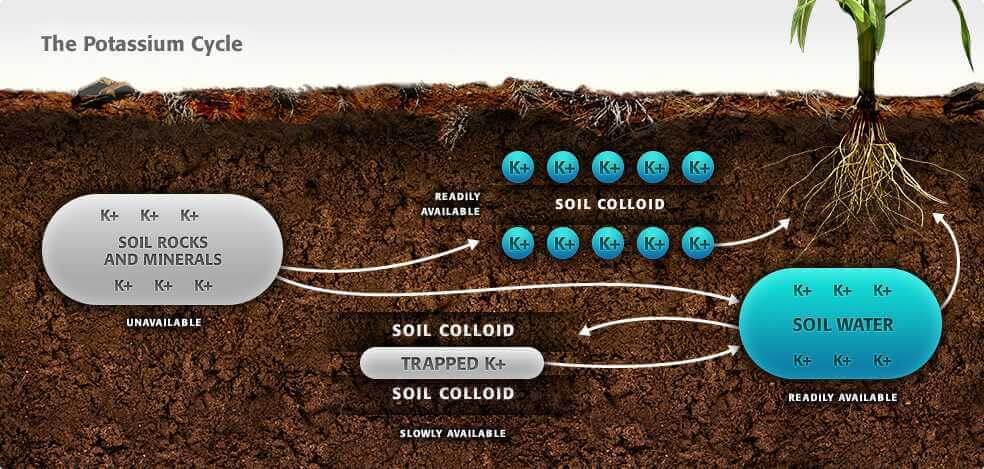
Potassium increases crop yields because it:
- Increases root growth and improves drought tolerance
- Builds cellulose and reduces lodging
- Activates at least 60 enzymes involved in growth
- Aids in photosynthesis and food formation
- Helps translocate sugars and starches
- Produces grains rich in starch
- Increases protein content of plants
- Maintains turgor, reduces water loss and wilting
- Helps retard the spread of crop diseases and nematodes.
Phosphorus (P)
Phosphorus is an essential nutrient both as a part of several key plant structure compounds and as a catalysis in the conversion of numerous key biochemical reactions in plants. Phosphorus is noted especially for its role in capturing and converting the sun's energy into useful plant compounds.
Phosphorus is a vital component of DNA, the genetic "memory unit" of all living things. It is also a component of RNA, the compound that reads the DNA genetic code to build proteins and other compounds essential for ugwu plant structure, seed yield and genetic transfer. The structures of both DNA and RNA are linked together by phosphorus bonds.
Phosphorus is a vital component of ATP, the "energy unit" of plants. ATP forms during photosynthesis, has phosphorus in its structure, and processes from the beginning of seedling growth through to the formation of grain and maturity. Plants that are lacking in phosphorous have a purple coloration along the edges of their leaves as the image below shows:
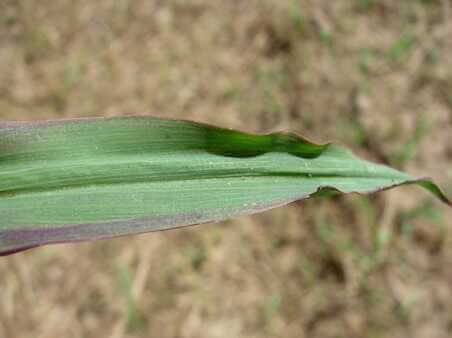
Phosphorus is essential for the general health and vigor of ugwu plants. Some specific growth factors that have been associated with phosphorus are:
- Stimulated root development
- Increased stalk and stem strength
- Improved flower formation and seed production
- More uniform and earlier crop maturity
- Increased nitrogen N-fixing capacity of legumes
- Improvements in crop quality
- Increased resistance to plant diseases
- Supports development throughout entire life cycle
Vegetable Farming Fertilizer Management
These essential nutrients can be added to the soil for your ugwu plants’ uptake through proper application of fertilizer (organic or inorganic). Fertilizer application should follow the 4R Nutrient Stewardship adopted by the global fertilizer industry. The 4Rs are right source, right rate, right timing and right placement. Doing this will ensure balanced NPK nutrition for your ugwu plants and minimize atmospheric and ground water pollution. Fertilizers will make your ugwu plants grow faster and thus make ugwu farming more profitable for you. You should also factor insurance to help cover losses from unexpected disease outbreaks
Harvesting Ugwu Plants
One month after planting, your ugwu plants will be ready for harvesting. You can harvest ugwu leaves from your farm every 2 weeks for over 2 years! A full ridge of ugwu plant can be sold for a minimum of N2, 000. So if you have 20 ridges on your farm, you can generate a minimum of N40, 000 every 2 weeks for the next 2 years.
Start Your Ugwu Farm
Now that you’ve been informed about the profitability of vegetable farming and practice of ugwu farming, you need to see how all these activities fit together so that you can start your own ugwu farm. You can enroll for our vegetable farming video course and learn how to start your own ugwu farm.
When you enroll, you will see how to prepare your farm for planting ugwu, how to identify good ugwu seeds, how to apply fertilizer for maximum growth, how to harvest ugwu and so much more. Click here to sign up for a free Agricdemy account and start learning how to start your own ugwu farm today!
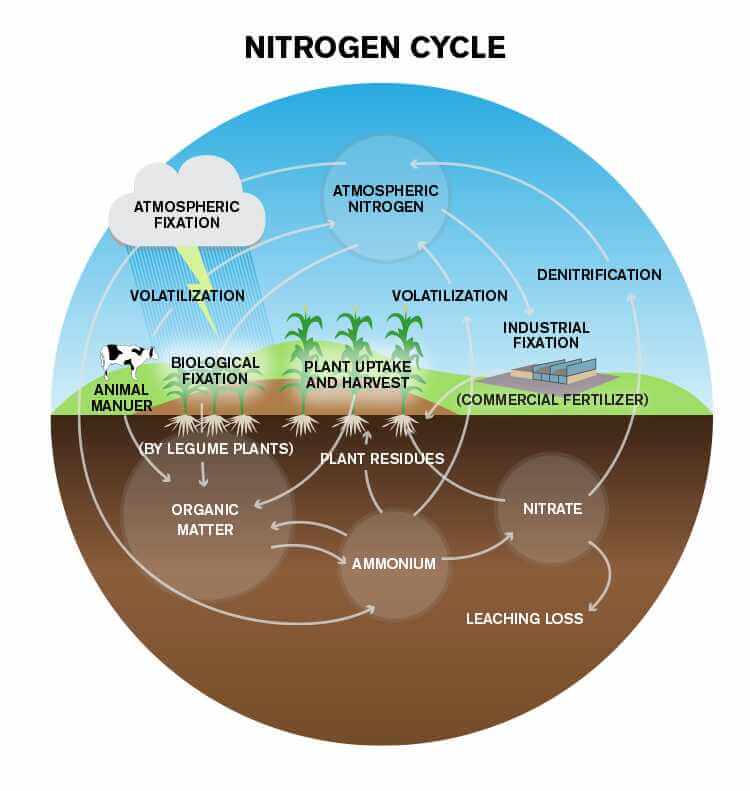
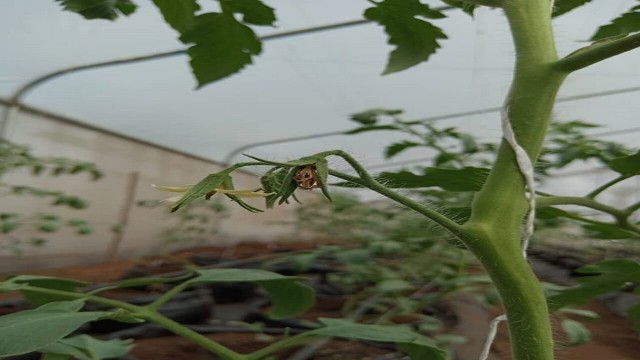
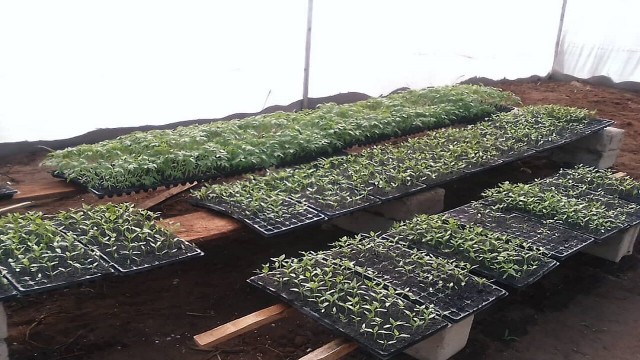
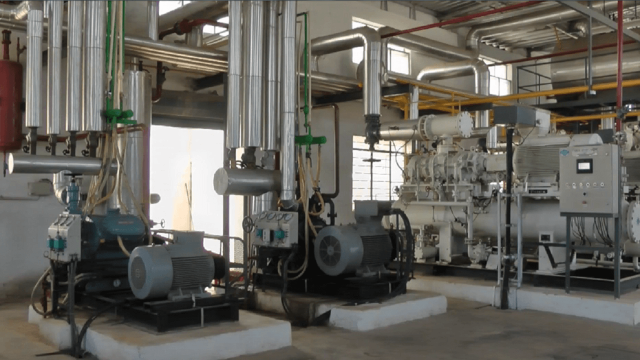
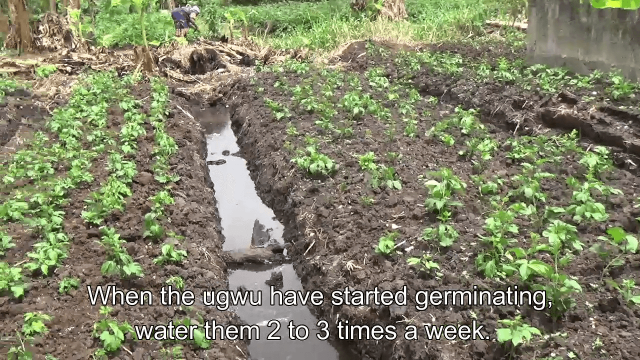
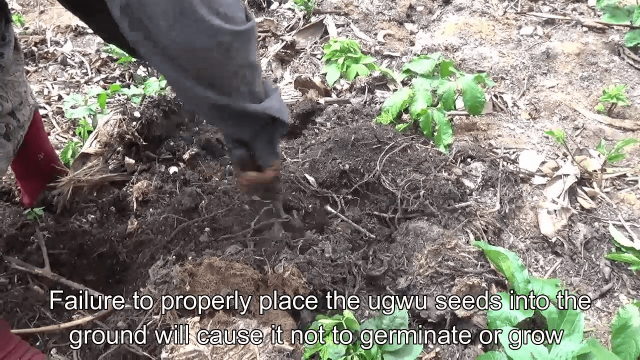
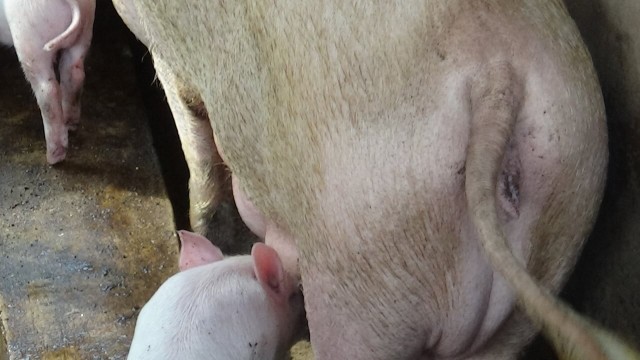

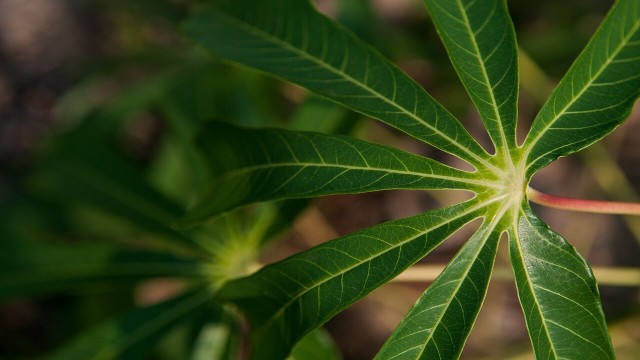



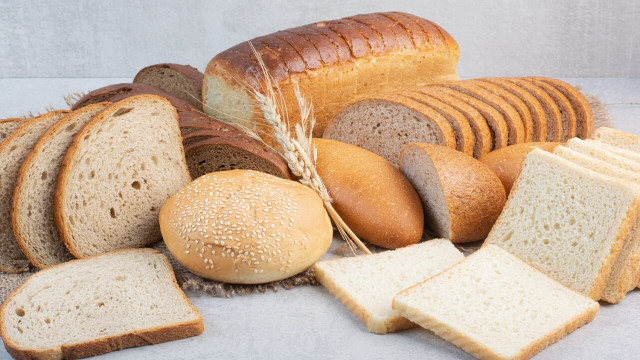
Share This Article: